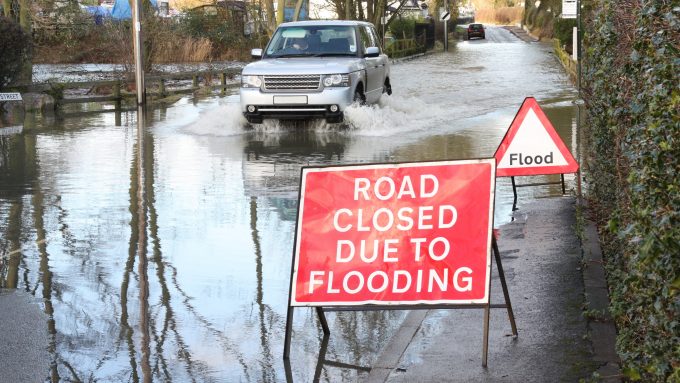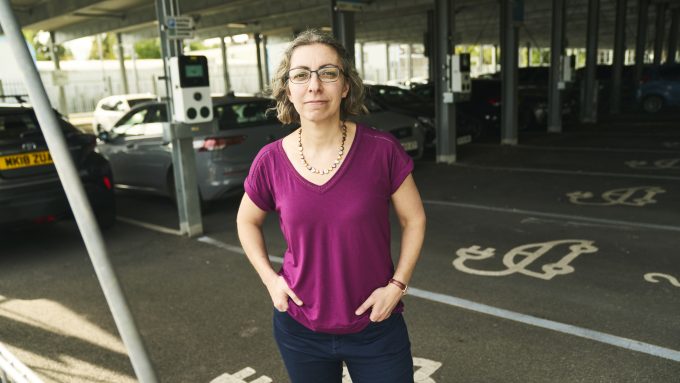
Exploring the Scottish Geospatial Data Ecosystem to Help Roll Out 5G

In this post we will give an overview of the process we took to scope and a deliver a piece of data discovery work alongside our Scottish partners. The project was national in scale and aimed at understanding the existing data available to help identify suitable sites to implement mobile connectivity equipment.
Background and Methodology
5G deployment in the UK has faced several blockers, some related to national security, some a result of misinformation. Other blockers are less newsworthy but more persistent; due to the shorter range of 5G waves, equipment needs to be deployed more densely for any given coverage area. This means deploying on top of buildings or mounting to street furniture, not just masts built on street corners. Infralink found that finding suitable assets to mount 5G equipment, such as buildings, rooftops, and street furniture, is a key blocker for Mobile Network operators when rolling out 5G.
Although 5G technology brings new challenges and opportunities, the fundamental problem remains the same as 4G roll out: identifying where to put mobile connectivity infrastructure. The process of scoping, identifying and agreeing the terms to mount the equipment is what Infralink aims to improve, it remains relevant for both 4G and 5G.
As an organisation we focus on the urban environment and in the Applied Data & Technology team we have experience working with local authorities and other local place stakeholders on data readiness and data-driven innovation in the context of telecoms deployments. Therefore, Connected Places Catapult were well-placed to help SFT identify which data sets could be used to identify and validate assets suitable for mounting 4G and 5G equipment.
Data Discovery
We built a data ecosystem map based on user research interviews with stakeholders suggested and facilitated by Infralink, who did a lot of barrier-busting to make sure we spoke to as many of the right people as possible. From these interviews we aimed to piece together which datasets were currently being used, and which were desired, to help deliver mobile connectivity across Scotland. Using snowball sampling we zoomed around the virtual teams of Scottish geospatial data, meeting many knowledgeable practitioners; either using or maintaining geospatial data. SFT was clear that it wanted to use existing data sets and not add burdensome reporting to the plethora of data maintainers across Scotland.
Experience and early conversations recommended that our expectations of the level of detail of information should not be set too high when looking for data sources at this national scale. And this was fine, all we needed to know for this stage was basic information about where potential assets were and who owned them to allow mobile network operators to start their acquisition journey. For each data set we focused on longitude and latitude points and a brief description of the asset such as – “community centre,” “carpark,” “bench” and so on. Other data sets would come in the form of polygons such as land parcels; the boundary extent of these land parcels and ownership details are useful for deployers of connectivity infrastructure as they can run their own feasibility studies and direct deployment queries to the owners. Polygons having survey data attributes, such as mobile coverage reporting, or census data added some important contextual information when making decisions about where to place masts.
We split the datasets into two types:
- Where do we need to put 5G/4G infrastructure? Looking at not-spots or strategic areas of interest from Local Authorities for areas that require better coverage and have the willingness to do so. This also includes measures of demand (or future demand) in areas that MNOs (Mobile Network Operators) should focus on.
- What are the available spaces to mount mobile connectivity infrastructure? This may come in the form of assets (e.g., buildings, street furniture etc.) or land parcels available to erect 4G/5G infrastructure.
Those were the rules of the game; we spoke to stakeholders ranging from maintainers of land and forestry property boundaries to a group mounting mobile phones onto a truck and driving around Scotland to test coverage. During these conversations we were able to probe more into existing data sets, how they were being used and how they were generated. We then mapped out the data sets and their interrelationships to provide a single view of the important data sources relevant to mobile digital connectivity. To do this, we created a Data Ecosystem Map based on Leigh Dodds’ musings. The principles we created to shape this map were:
1. Be extendable, can be amended as more detail is uncovered.
2. Be accessible, layer complexity so accessible to non-technical readers but also accurate and useful for technical planning.
3. Use existing data aggregators, do not create new “master databases” or add processes and reporting burden.
4. Never repeat data, aim to find the single source of truth.
5. Show interoperability, as linked data is better than monolithic datasets.
One key element that exhibited these principles is the existence of an active aggregator of local authority data in Scotland – the Improvement Service. A bonus of the Improvement Service was the extra processing steps they undertook to clean the data before they made it accessible via an API (Application Programming Interface). Additionally, they also manage and clean the Scottish UPRNs (Unique Property Reference Numbers), a property identifier important for linking data sets as described in our earlier blog post. Improvement Service data is in addition to a wide range of useful data sets and some that are currently being created, such as digital planning.
Proof of Concept
A big part of this project was getting into the data sets – sometimes interviews and meetings can talk around mythical schemas and promised APIs, but the reality is quite different. In this project we aimed to inspect each data set to get a truer sense of accuracy and coverage whilst also getting an indication of accessibility. In addition to the data ecosystem map, we were therefore able to provide a more in-depth description of each data set for the more technical reader, detailing coverage, missing values, presence of unique identifiers and interoperability.
Taking this a step further, we also put this data to work: testing the use case of bringing asset data together with coverage data. The GIF below is a screenshot showing asset data and coverage data. Using spatial analysis, we were able to find the closest assets to the worst coverage readings in Fife. This demonstrates end-to-end automation of the discovery of relevant assets.






